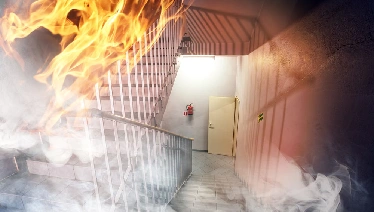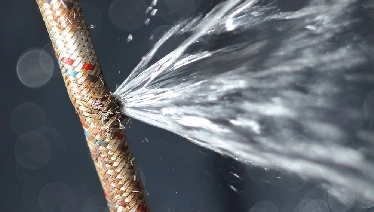Recovering from fire and smoke damage demands a strategic and well-executed approach. By following these key steps, homeowners and property managers can ensure a safe, efficient, and thorough restoration process.
Prioritize Safety First
Before any cleanup begins, ensure the property is safe. Shut off utilities and assess structural stability. Always wear proper personal protective equipment (PPE) such as gloves, masks, and eye protection.
Document the Damage
Take clear photos and videos of all affected areas and items. Proper documentation is essential for insurance claims and helps guide the restoration process accurately.
Improve Ventilation
Open windows and use fans to increase airflow and reduce smoke odors. In heavily affected areas, use respirators to protect against airborne contaminants.
Clean and Sanitize Thoroughly
Remove debris, charred materials, and unsalvageable items. Clean all surfaces using specialized, professional-grade equipment and cleaners to eliminate soot, smoke residue, and lingering odors.
Inspect Electrical and HVAC Systems
Hire licensed professionals to examine and repair electrical wiring, outlets, and HVAC systems. Fire can severely damage these systems, making them unsafe without expert assessment.
Restoration of furnishings
Delicate items and furnishings often require specialized cleaning techniques. Professional restoration services can help recover valuable belongings affected by soot or smoke.
Address Water and Mold Risks
Extinguishing the fire may have caused water damage. Quickly dry the affected areas using fans and dehumidifiers to prevent mold growth and additional structural issues.
Verify Structural Integrity
Have a certified structural engineer or inspector assess the property before reoccupation. Hidden damage can pose serious safety risks if not properly identified and repaired.
Consult a Professional Restoration Company
For extensive damage, partner with a certified fire and smoke restoration company. They bring experience, advanced tools, and efficiency to the recovery process, saving time and ensuring quality.
Implement Future Fire Prevention
Once restoration is complete, install or upgrade smoke detectors and fire extinguishers, and consider using fire-resistant building materials. Establishing preventive measures helps protect your home or property long-term.

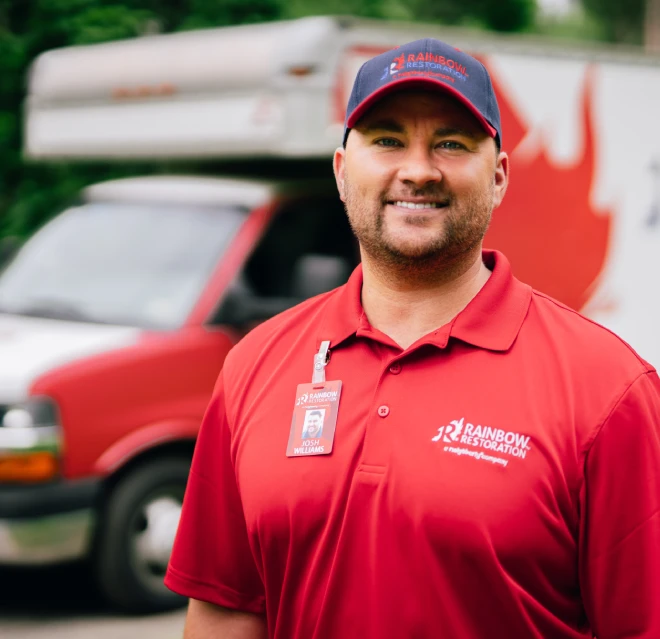
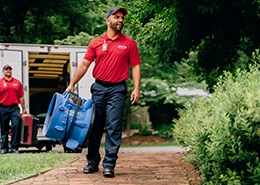

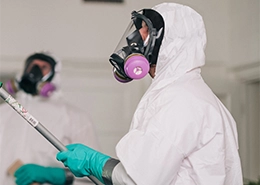

.webp)
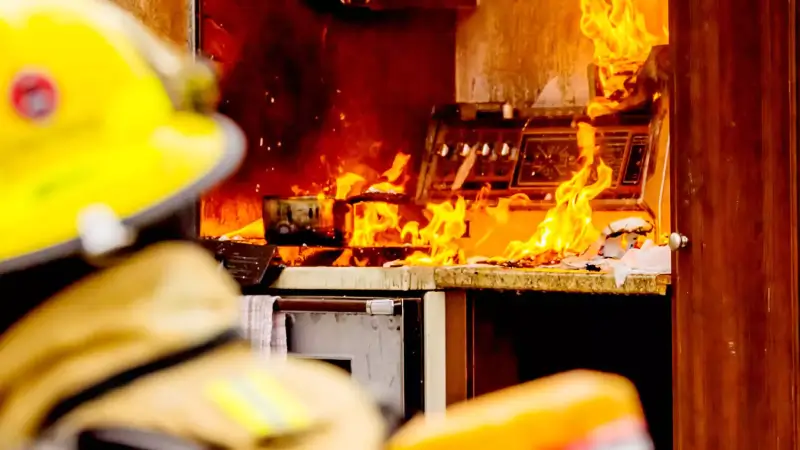
.webp)

